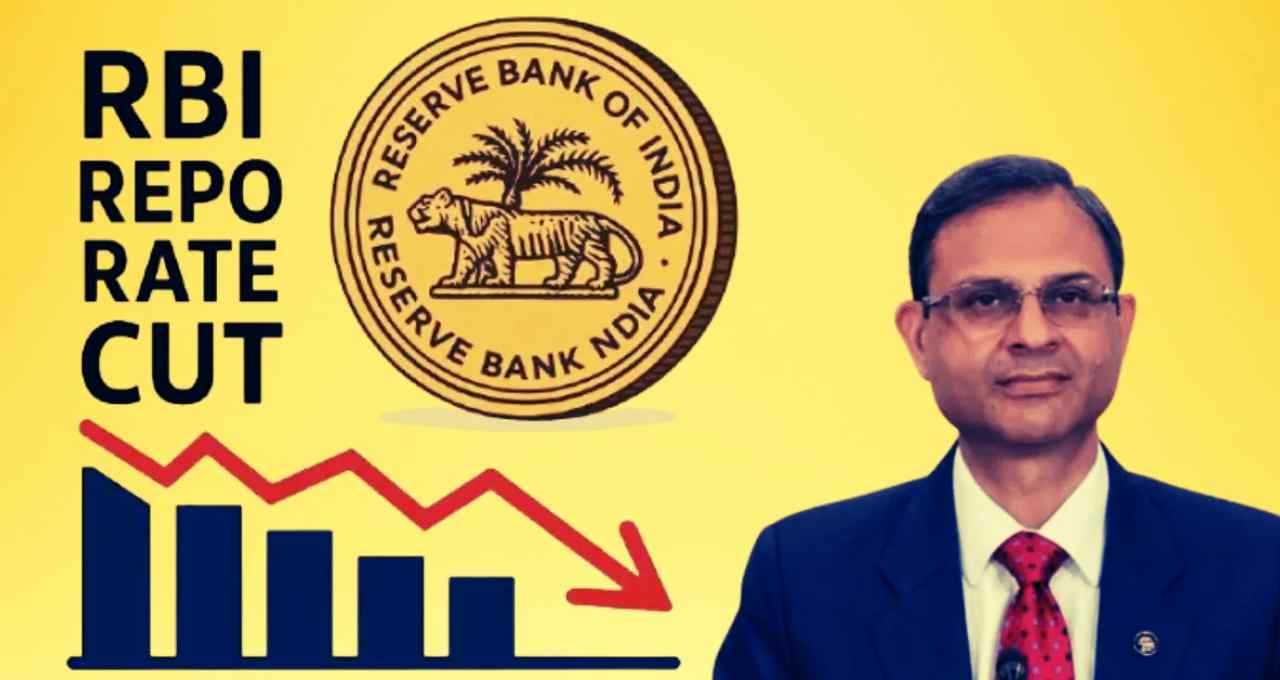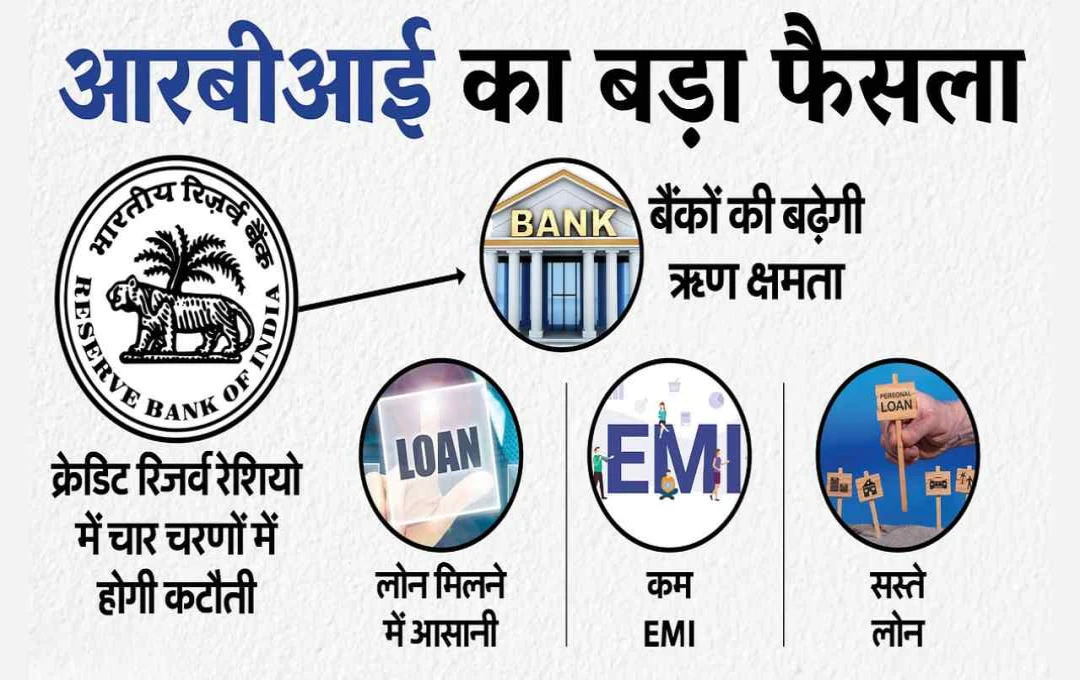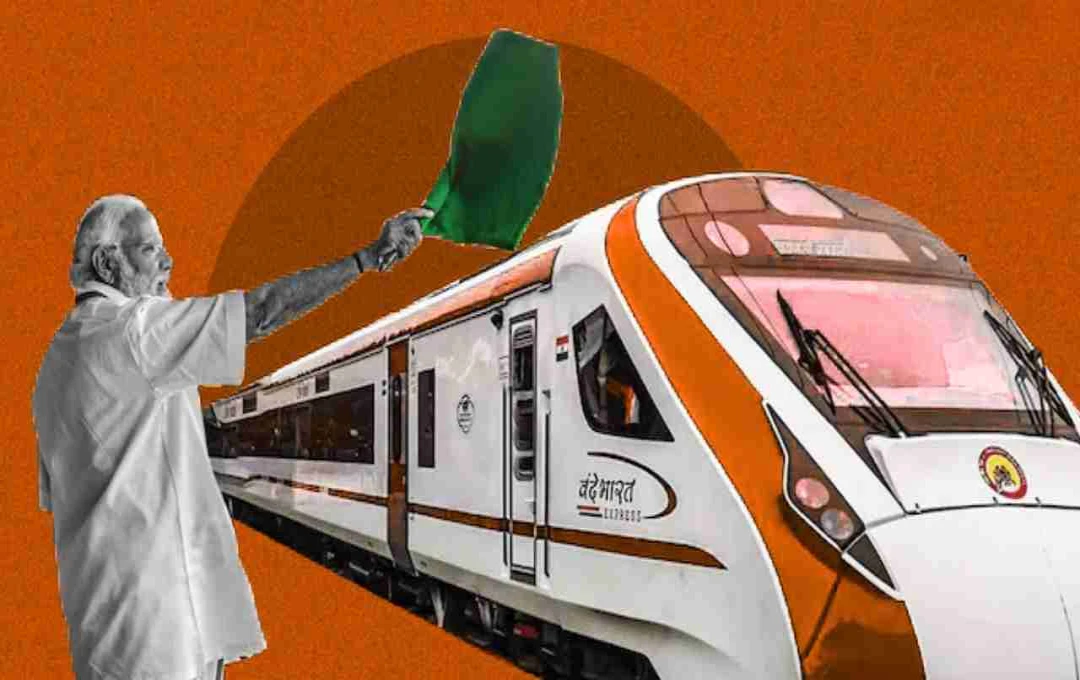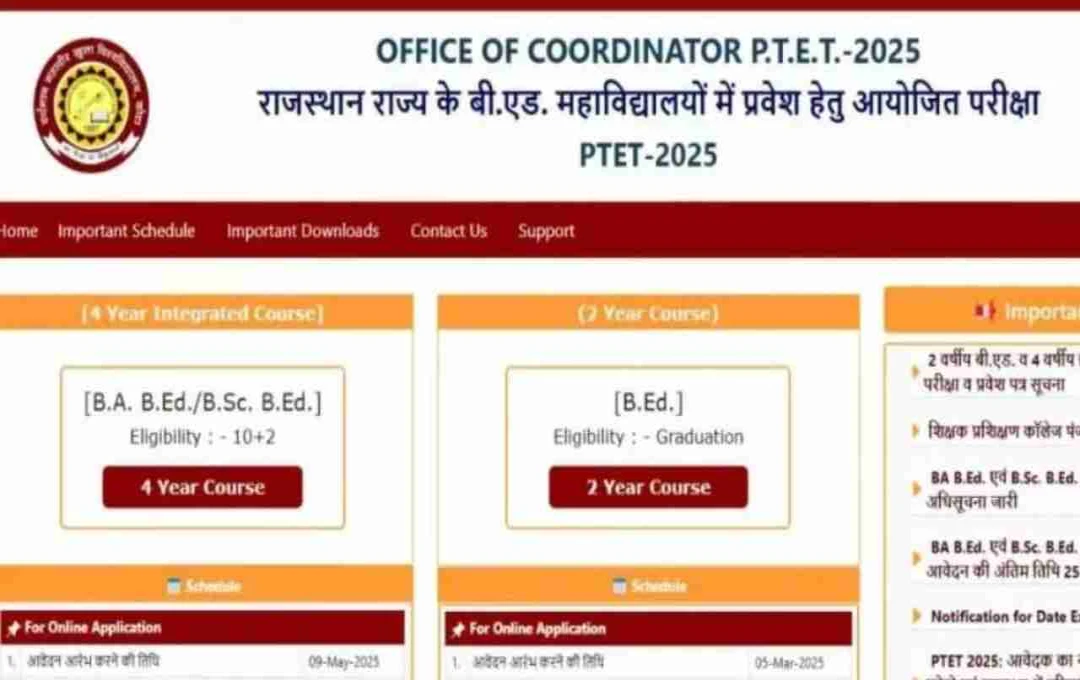The Reserve Bank of India (RBI) unexpectedly slashed its repo rate by 50 basis points on June 6th, 2025, bringing it down to 5.50%. This marks the third consecutive rate cut in 2025, reflecting the central bank's "growth-focused" policy. Simultaneously, the RBI reduced the Cash Reserve Ratio (CRR) by 100 basis points, injecting approximately ₹2.5 trillion of additional liquidity into the banking system. The aim is to provide banks with inexpensive funds and improve credit access for consumers and SMEs.
Considering previous data and government figures, Q4 GDP growth stood at 7.4%, while the average for FY 2024-25 was recorded at 6.5%. Inflation had also reached a six-year low of 3.2%, providing the RBI with flexibility for monetary easing.
Markets and Borrowers' Immediate Reaction
The market reacted positively to this move—both the Sensex and Nifty indices saw gains exceeding 1%. Banks and financial sector stocks particularly surged. Borrowers immediately benefited. Bank of Baroda reduced its repo rate-linked lending rate by 50 bps, while HDFC announced a 10 bps reduction in its MCLR. This impacted home loan and personal loan EMIs, potentially saving ₹800-1,200 on a ₹1 lakh loan.
However, depositors—those with money in FDs and savings accounts—are facing lower interest yields. Banks like ICICI Bank have reduced FD interest rates by approximately 25 bps. This impacts returns for depositors, particularly raising concerns for senior citizens.

Transmission and Liquidity Challenges
The RBI has initiated discussions to strengthen policy transmission with NBFCs to ensure that the benefits of the repo rate cut reach all borrowers. However, bank loan growth remains sluggish; it was only 9.8% in May. The speed of transmission is therefore crucial. Utilizing the CRR as a liquidity tool will help better align the overnight call rate with the policy rate. The RBI now aims for a 'neutral' monetary stance—a transition from 'accommodative'—indicating that future cuts will be data-dependent.
Potential Long-Term Risks
According to a Sunday FT analysis, this aggressive cut signals a focus on growth, but Governor Sanjay Malhotra may face criticism for overriding the traditional RBI's inflation-control mandate with a growth-oriented approach. Other analysts are more concerned about short-term policy flexibility and financial market volatility—making a rapid response to future global headwinds difficult.
Expert Summary

The RBI's repo rate and CRR cuts clearly indicate the government's intent to return the economy to a path of dynamic growth. However, challenges in policy transmission, global uncertainty, and the borrowing versus saving balance could impact the effectiveness of this measure.
Wrap-up & Next Steps
The lower repo rate may prove to be welcome news for borrowers in the short term. However, its long-term results will depend on how quickly this monetary stimulus translates into real economic activity such as investment, job creation, and consumer spending.
The RBI will now be closely monitoring upcoming inflation figures and global macro trends. What is your opinion? Will this cut lead to sustainable economic growth, or will it burden the markets and savers?















